Dog Dust Mite Allergy: Symptoms, Treatment, Prevention
If your dog keeps scratching, licking paws, or developing red, inflamed skin, the hidden cause could be a dog dust mite allergy—tiny dust mite particles living in beds, carpets, and dog bedding that trigger persistent skin and sometimes breathing problems; this guide explains what to look for, how veterinarians diagnose and treat it, and practical steps you can take at home to reduce exposure and keep your dog comfortable.
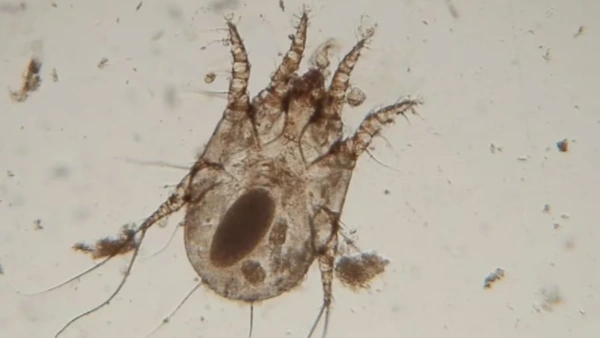
What Is Dog Dust Mite Allergy?
Definition
Dog dust mite allergy happens when a dog's immune system reacts to proteins from dust mites, especially dust mite droppings and body fragments.
The reaction commonly shows up as skin inflammation but can also affect the nose and breathing in some dogs.
How Dust Mites Live in Your Home
Dust mites thrive in warm, humid environments and feed on skin flakes (dander).
Common places: carpets, upholstered furniture, mattresses, and dog bedding.
House dust mite allergy dogs are frequently those who spend a lot of time indoors in soft furnishings.
Who Is Prone to Dust Mite Allergies?
Breed and Age Factors
Certain breeds are more prone to allergic skin disease, which may include reactions to dust mites.
Breeds commonly affected: Golden Retrievers, Labradors, Bulldogs, Poodles (and mixes).
Allergies can start in young adulthood and persist as a chronic condition.
Environmental Risks
Homes with poor ventilation, high humidity, or lots of carpet increase exposure risk.
Dogs that sleep on human beds or heavily upholstered furniture often have higher exposure.
Common Symptoms — dog dust mite allergy symptoms
Skin Signs
Persistent scratching or chewing at specific areas (paws, belly, armpits, ears).
Patches of hair loss, redness, scabs, or crusty areas on the skin.
Thickened or darkened skin in chronic cases.
Respiratory and Behavioral Signs
Sneezing, runny nose, or mild cough (less common than skin signs).
Restlessness at night, frequent licking, or decreased activity due to discomfort.
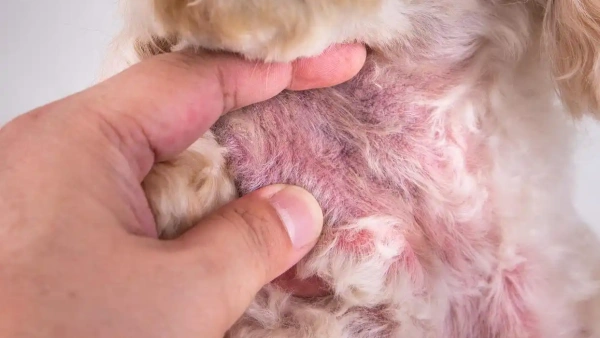
How Veterinarians Diagnose Dust Mite Allergy
Step-by-step diagnostic approach
Full history and physical exam to document the pattern of symptoms.
Rule out fleas, infections, and food allergies first—veterinarians often test for multiple causes.
Allergy testing: intradermal skin testing or blood tests for allergen-specific IgE.
Response to treatment can also help confirm a diagnosis (for example, improvement with targeted allergy therapy).
Why Accurate Diagnosis Matters
Treating the wrong cause (like food allergy) may not improve the dog's skin and can delay proper care.
Accurate diagnosis allows for targeted strategies: environment control, medication, or immunotherapy.
Treatment Options for dog allergic to dust mites
Immediate Symptom Relief
Antihistamines: can reduce itching in some dogs, though response varies.
Short-term corticosteroids: effective for fast control of severe flare-ups; used carefully due to side effects.
Topical therapies: medicated shampoos, soothing sprays, and ear cleaners to reduce local inflammation and secondary infection.
Long-term Management
Allergen-specific immunotherapy (allergy shots or tablets): builds tolerance to dust mites over time.
Omega-3 supplements and skin-support diets: help strengthen the skin barrier and reduce inflammation.
Controlling secondary bacterial or yeast infections with antibiotics or antifungals when needed.
Practical Care Plan
Work with your veterinarian to combine medical treatment and home environment changes.
Set realistic expectations: many dogs need ongoing management rather than a one-time cure.
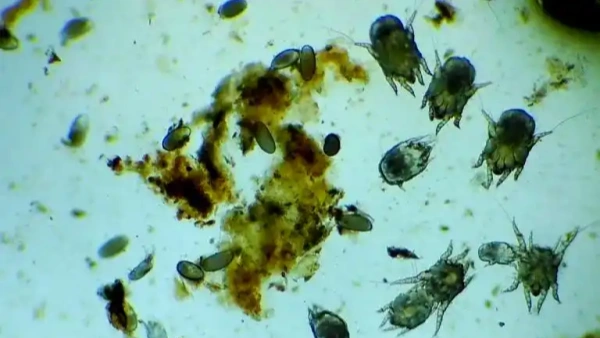
Home and Environmental Prevention
Cleaning and Bedding Care
Wash dog bedding, blankets, and removable covers weekly in hot water (≥ 60°C / 140°F) to kill dust mites and remove debris.
Use washable covers and materials that dry quickly.
Replace or clean soft toys regularly; consider limiting plush toys for sensitive dogs.
Household Strategies
Run a HEPA air purifier in main living areas to lower airborne particles.
Vacuum frequently, ideally with a HEPA-equipped vacuum cleaner.
Maintain indoor humidity between 40%–50%—dust mites multiply above about 60% humidity.
Reduce carpets and heavy drapes where possible; choose washable rugs and hard floors if practical.
Natural and Safe Measures
What Helps Reduce Dust Mites Naturally
Sun-drying bedding and toys can lower mite counts by reducing humidity and exposing items to UV light.
Freezing small toys for 24–48 hours may help kill mites in some cases.
Some diluted essential-oil sprays (tea tree or eucalyptus) can reduce dust mite levels on bedding—but use with caution: essential oils can be toxic to dogs if not properly diluted and used only on fabrics, not directly on the dog.
Safety Notes
Always consult your vet before applying any essential oils or home remedies near your pet.
Do not apply undiluted oils to a dog's skin or fur.
Everything Our Vets Recommend
Comparing Causes: Dust Mites vs. Other Allergies
| Feature | Dust Mite Allergy | Flea Allergy | Food Allergy |
|---|---|---|---|
| Typical signs | Itching on paws, face, belly, chronic skin changes | Intense chewing near tail base and rump | Widespread itching, sometimes digestive signs |
| Seasonal? | No—usually year-round | Often year-round if fleas present | May appear anytime after exposure |
| Diagnosis | Allergy tests (skin/blood) and history | Flea discovery and history | Food trial diet |
Everyday Care: Practical Tips
Routine Grooming
Bath dogs regularly with a gentle, vet-approved shampoo during flare-ups to remove allergens and soothe skin.
Brush outdoors when possible to reduce indoor dander.
Diet and Supplements
Consider a high-quality diet and supplementing with omega-3 fatty acids after veterinary advice.
Probiotics and skin-support nutrients may help overall skin health.
Dog Dust Mite Allergy FAQs
How do you treat a dog with dust mite allergy?
Treatment includes short-term relief (antihistamines, topical therapies, or corticosteroids for severe flares), long-term strategies such as allergen-specific immunotherapy, and consistent environmental control like weekly bedding washing, HEPA filtration, and humidity management. Work with your veterinarian for a plan tailored to your dog's needs.
What does a dust mite bite look like?
Dust mites do not bite. Red spots, rashes, or irritated areas on a dog's skin are usually allergic reactions to mite proteins or other causes like fleas, not bites from dust mites themselves. If bite-like marks appear, check for fleas or other insects.
What can naturally kill dust mites on a dog’s bedding?
Hot water washing (≥ 60°C / 140°F) and thorough sun drying are effective. Freezing soft toys briefly can help. Diluted essential oils may reduce mite counts on fabrics but must be used cautiously and never applied to the dog directly.
Do dust mites live in dog beds?
Yes. Dog beds provide warmth, humidity, and dander—ideal conditions for dust mites. Weekly washing of covers and regular sun exposure or machine drying are important to reduce mite populations.
Conclusion
To manage dog dust mite allergy successfully, combine clear diagnosis, veterinary treatment, and consistent home measures. Identify symptoms early, work with your vet on medications or immunotherapy, and maintain a cleaner, drier home environment with regular washing, HEPA filtration, and humidity control; these steps greatly reduce flare-ups and improve your dog’s comfort and long-term skin health — especially for house dust mite allergy dogs who live mostly indoors.
You May Like:
- 4 Vet-Approved Spray for Mites on Dogs (2025 Guide)
- Home Remedies for Ear Mites in Dogs: Quick Safe Steps
- Dust Mite Treatment for Dogs: What Vets Want You to Know
- Yeast Infection Ear Mites in Dogs: Causes and Treatments
User Comments
Does flea treatment kill ear mites too?
Can dogs take human probiotics?
Can dogs have people probiotics safely?
Related Articles
View all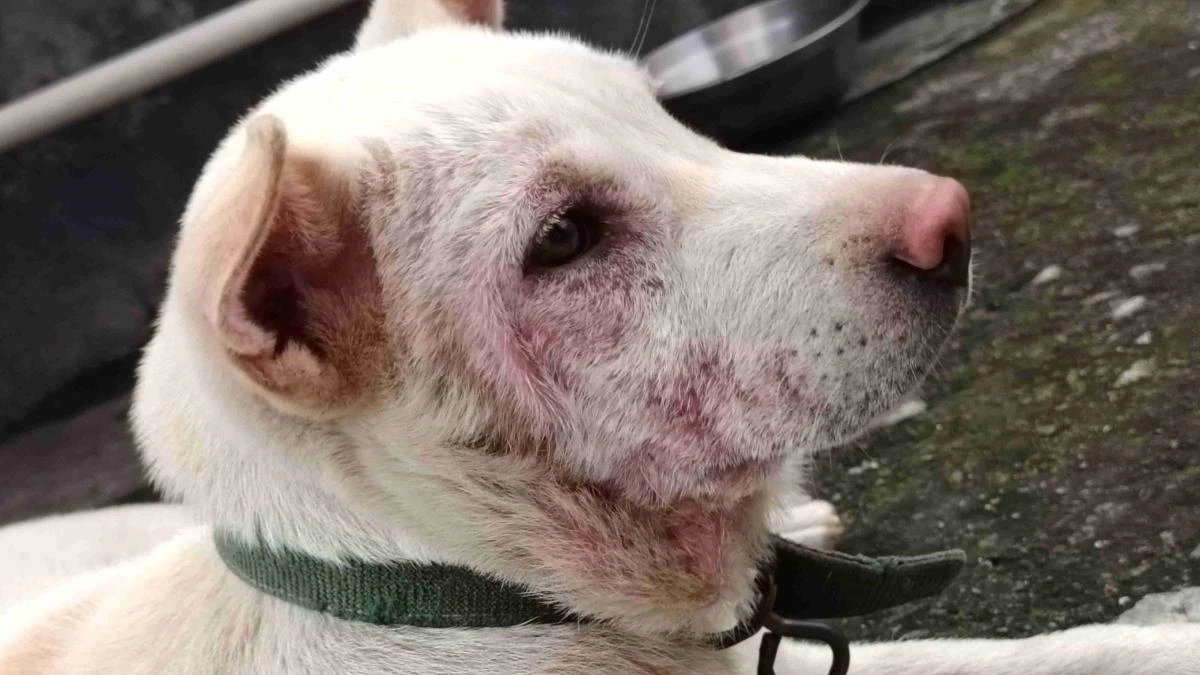
How to Get Rid of Dog Allergies Naturally: Common Mistakes

Dog Allergic Reaction Eye Swelling: Hidden Mistakes to Avoid
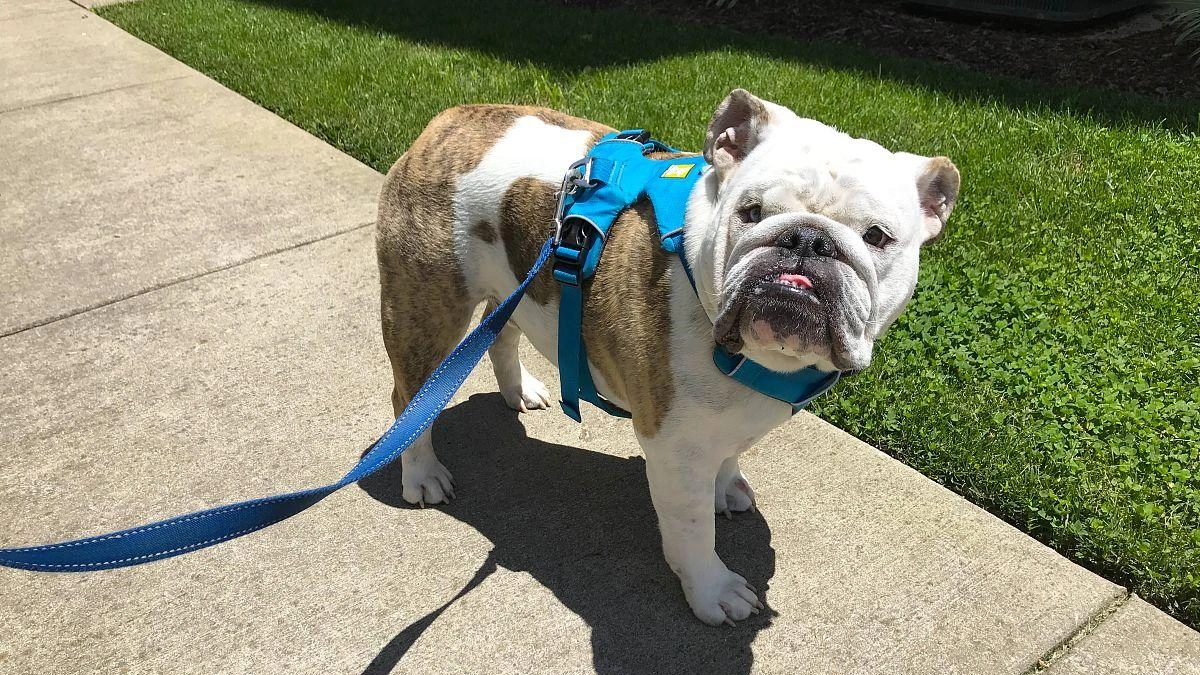
Why Do Bulldogs Scratch? Bulldog Skin Allergies Guide
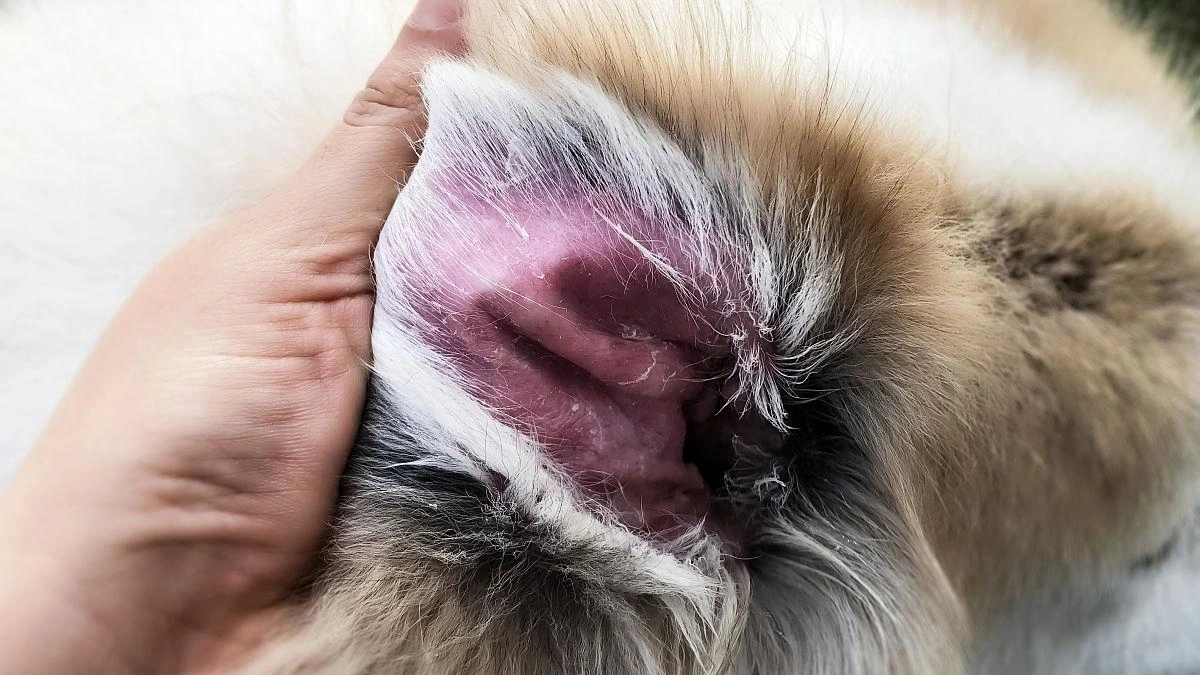
Cure for Dog Skin Allergies Owners Often Miss

How to Get Rid of Dog Allergies Naturally: Common Mistakes

Dog Allergic Reaction Eye Swelling: Hidden Mistakes to Avoid

Why Do Bulldogs Scratch? Bulldog Skin Allergies Guide

Cure for Dog Skin Allergies Owners Often Miss
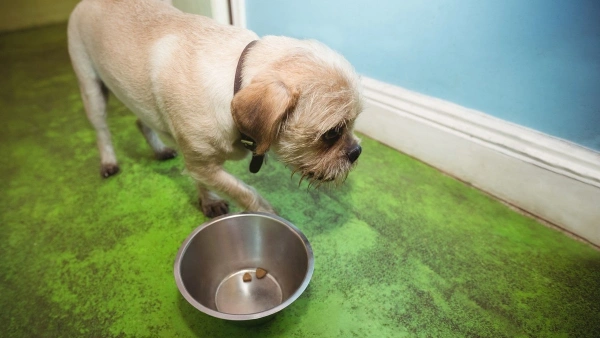
Vet-Recommended Wet Dog Food for Sensitive Stomachs — 2025 Guide

Dog Dust Mite Allergy: Symptoms, Treatment, Prevention

Can Allergies in Dogs Cause Diarrhea and Vomiting? Explained

10 Pitbull Health Problems You Should Know in 2025 — Tips
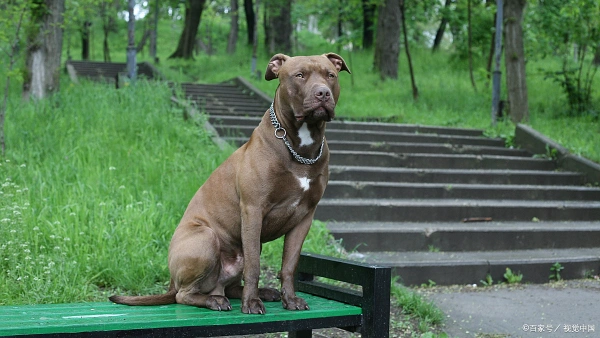

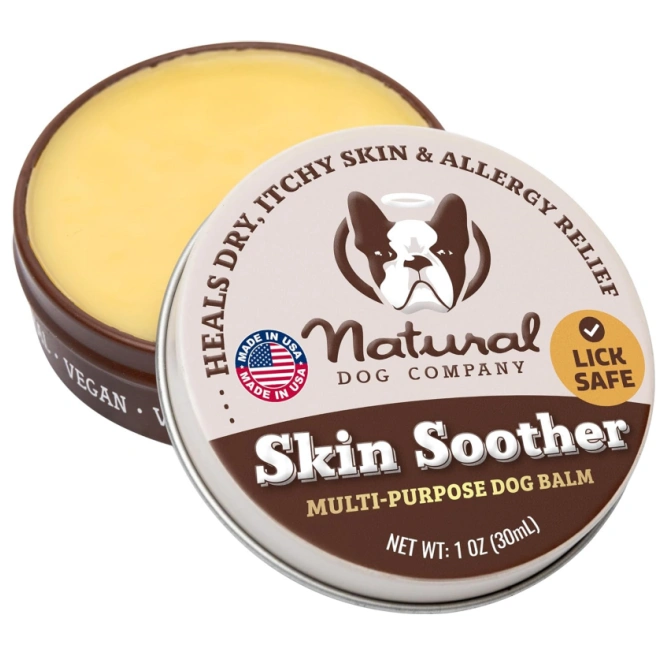
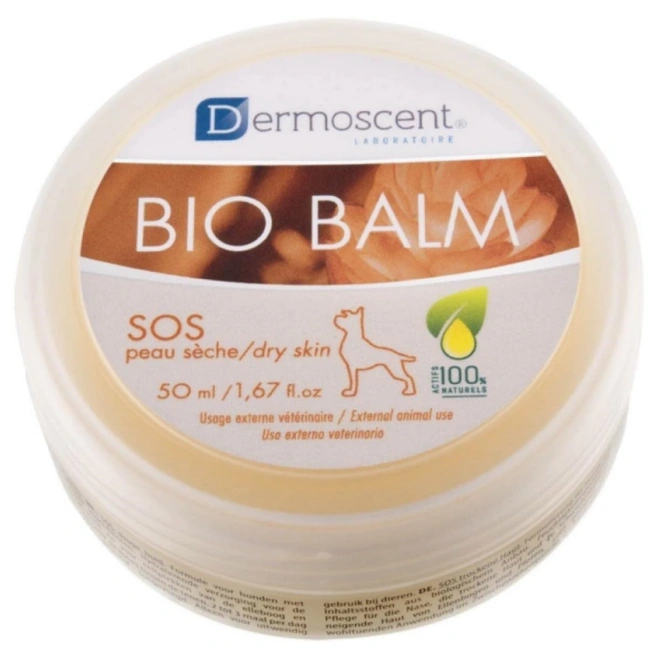
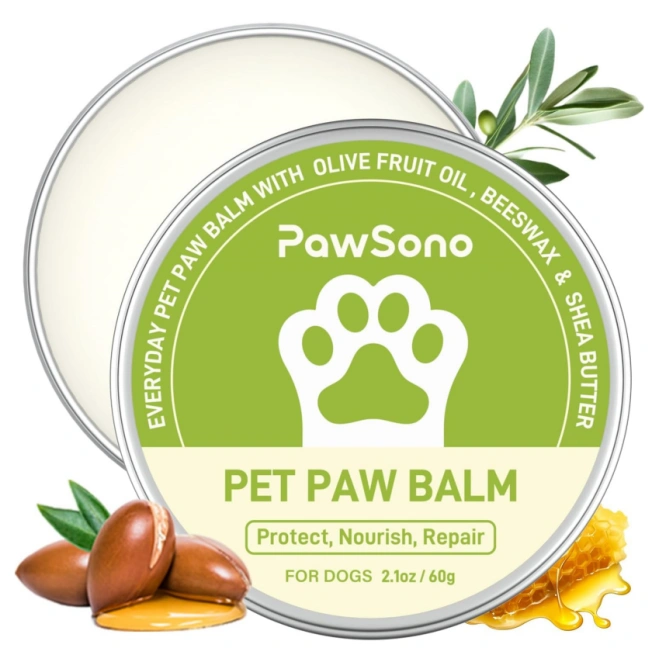
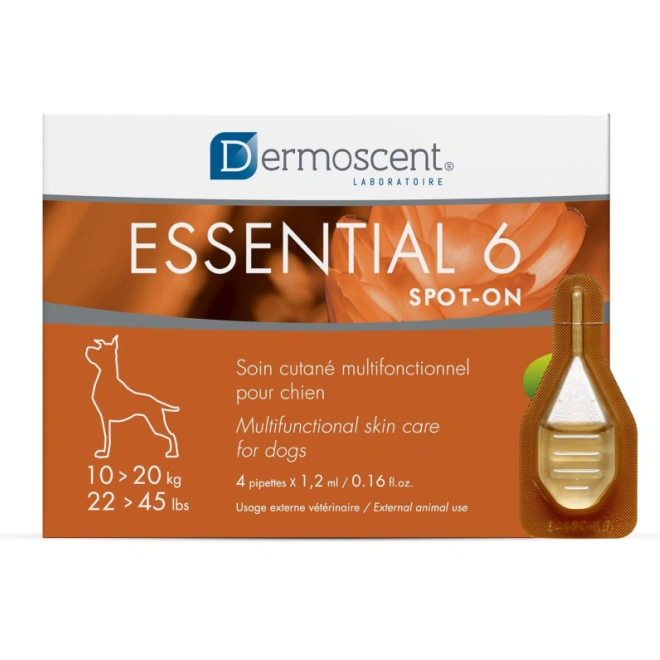








Leave a Reply